Our team
We are a multidisciplinary group of researchers based at McGill University. We have undertaken the GHG-Montreal project since September 2022. Our goal is to analyze the distribution, variability, and source appointment of greenhouses gases in the Greater Montreal area.
Surface Mapping
Peter Douglas
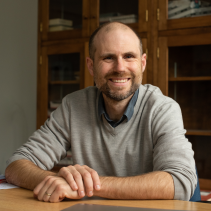
Lead of surface mapping component│ Associate Professor at McGill's Earth and Planetary Sciences
Research: Douglas group website
Jacob Asomaning
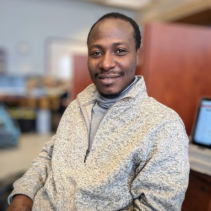
PhD candidate at McGill's Earth and Planetary Sciences
Research: My current research consists in using isotope measurement of specific sources and of the atmosphere to identify changing emission sources of methane and carbon dioxide in the Montreal Metropolitan Region. I am also interested in Earth Surface GHG profiling for climate change mitigation and adaptation strategy implementation.
Regina Gonzalez Moguel
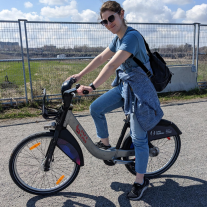
GHG-Montreal Project coordinator | Postdoctoral Fellow at McGill's Atmospheric and Oceanic Sciences
Research: Currently, my role in the Montreal-GHG project is to collect and map methane enhancement data of the city of Montreal using mobile instruments. I seek to understand the spatial and temporal distribution of methane emissions in the city and relate this distribution to known methane sources.
Felix Vogel
Research scientist at Environment and Climate Change Canada

Research: My current research involves: • Understanding the urban atmosphere, especially sources and sinks of carbon dioxide and short-lived climate pollutants like methane • Greenhouse gas emissions from Canada’s industrial activities like waste management, up- and downstream natural gas infrastructure, oil and gas extraction • Measurement techniques for atmospheric greenhouse gases, co-emitted species and carbon isotopes • Modelling of atmospheric greenhouse gases at local and regional scale as well as biospheric contribution to local carbon dioxide levels
Vertical Profiling
Yi Huang
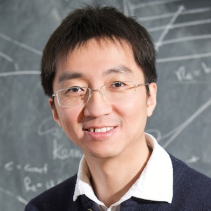
GHG-Montreal Project PI and lead of vertical profiling component│ Professor at McGill's Atmospheric and Oceanic Sciences
Research: Huang group website
John Gyakum
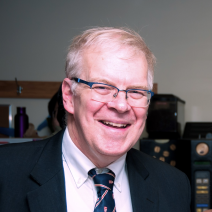
Lead of McGill AEOS facility│ Professor at McGill's Atmospheric and Oceanic Sciences
Lei Liu
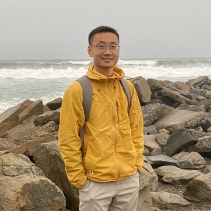
PhD candidate at McGill's Atmospheric and Oceanic Sciences
Research: My research focuses on atmospheric radiation and remote sensing, specifically climate change detection and attribution using atmospheric radiation observations, as well as the application of hyperspectral measurements to retrieve thermodynamic profiles. In the GHG-Montreal project, I am involved in the operations of McGill's Atmospheric Emitted Radiance Interferometers (AERI). These ground-based infrared hyperspectrometers are utilized to analyze the vertical distribution of greenhouse gases.
Leonid Nichman
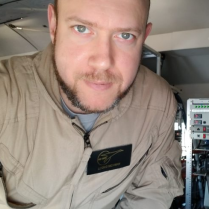
Team leader of the NRC Airborne Facilities for Atmospheric Research and Reconnaissance (AFARR) | Adjunct Professor in the Earth Sciences department, Carleton University
Research: Dr. Leonid Nichman is a Senior Research Officer in the Flight Research Laboratory (FRL) of the National Research Council of Canada (NRC). Leonid is a chemist by training with experience in laboratory, ground field, and airborne measurements of aerosols and gas emissions. His interest in this project is to examine the relationships and interactions between the different types of emissions and their distribution in the vertical profiles as well as testing of new NRC instruments and detection technologies.
Zen Mariani
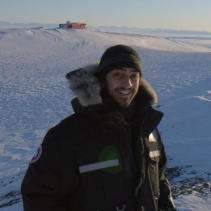
Research Scientist at Environment and Climate Change Canada
Research: Dr. Mariani is a research scientist in ASTD’s Meteorological Research Division (MRD). He serves as the Principal Investigator for the Canadian Arctic Weather Science Project and manages two of ECCC’s supersites in the Arctic located at Iqaluit and Whitehorse. Dr. Mariani is a subject matter expert on the Atmospheric Emitted Radiance Interferometer (AERI) instrument that will be used in the proposed research. His participation in the joint research project would include assisting with the development and refinement of retrieval algorithms and collaboration with graduate students.
Keyvan Ranjbar
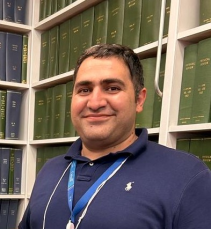
Research Officer at National Research Council Canada (NRC)
Research: Dr. Keyvan Ranjbar’s research involves the analysis of airborne, satellite and ground-based remote sensing and in-situ data to better understand different atmospheric components including: aerosol, cloud and greenhouse gases and their impact on climate. Dr. Ranjbar is the NRC project manager for the airborne measurement of GHGs over the Montreal area.
Benjamin Riot

PhD Candidate at McGill's atmospheric and oceanic sciences
Research: My research is focused on downwelling longwave radiation with a focus on the Arctic. I use the North Slope Alaska’s Atmospheric Emitted Radiance Interferometer (AERI) to study the radiation variability in this region and emphasize on the far-infrared portion of the measurements. For the GHG project, I will be involved in analyses made with McGill’s AERI which would allow retrievals of the greenhouse-gases vertical profiles.
Numerical Modeling
Djordje Romanic
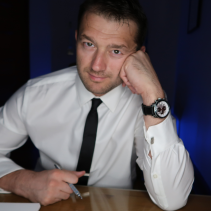
Lead of numerical modelling component│ Assistant Professor at McGill's Atmospheric and Oceanic Sciences
Research: Dr. Romanic group website Broadly, my research is on urban boundary layer dynamics and numerical modelling of greenhouse gas dispersion and emissions in urban environments. My research interests are also in the field of thunderstorm wind dynamics, downbursts, and tornadoes. The applications of my research are the improvement of urban resilience and sustainability to extreme weather and climate change impacts. Our research methods rely on field measurements, such as long-range Doppler lidar wind profiler, analytical models, numerical models and physical simulations in wind tunnels.
Quinn Dyer-Hawes
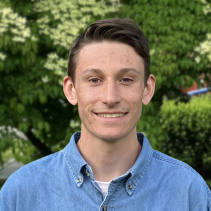
PhD Candidate at McGill's Atmospheric and Oceanic Sciences
Research: I am working on the numerical modeling aspect of the GHG-Montreal project, performing CFD simulations of greenhouse gas dispersion in the city in order to better understand their spatial distribution and to inform future measurement campaigns.
Drones
John Stix
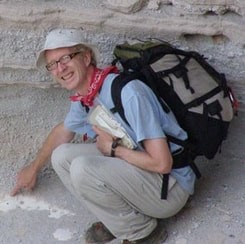
Professor at McGill's Earth and Planetary Sciences
Research: I measure and study atmospheric gases using drones and miniaturized instrumentation.